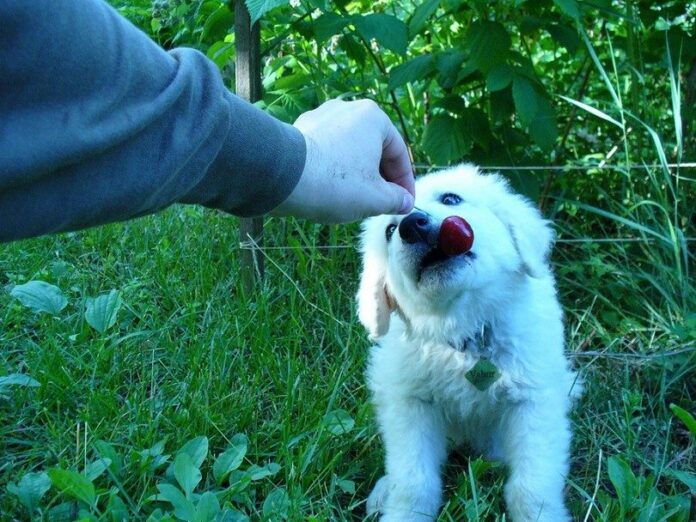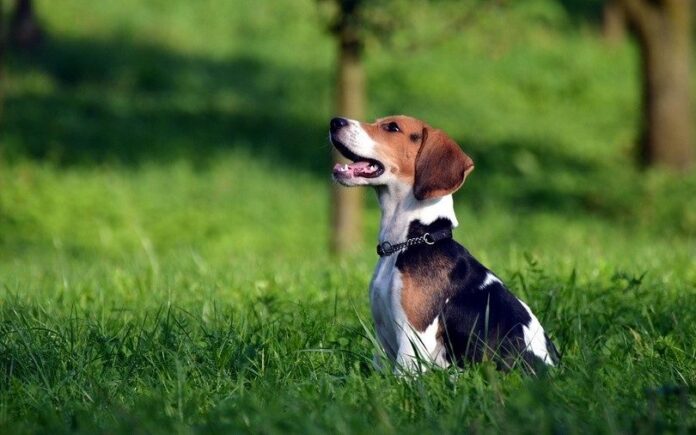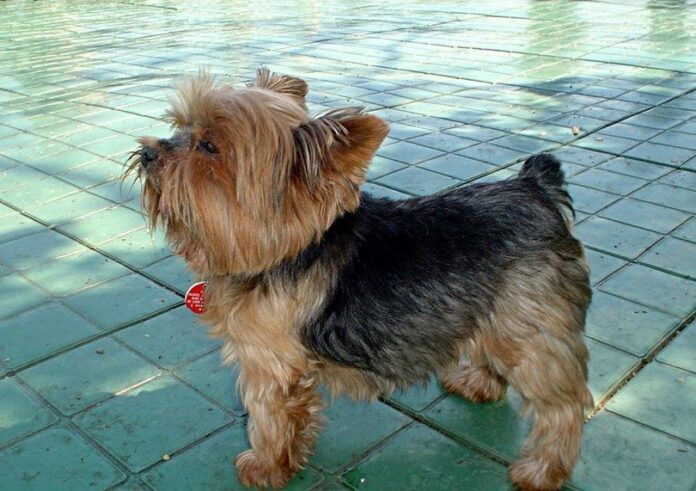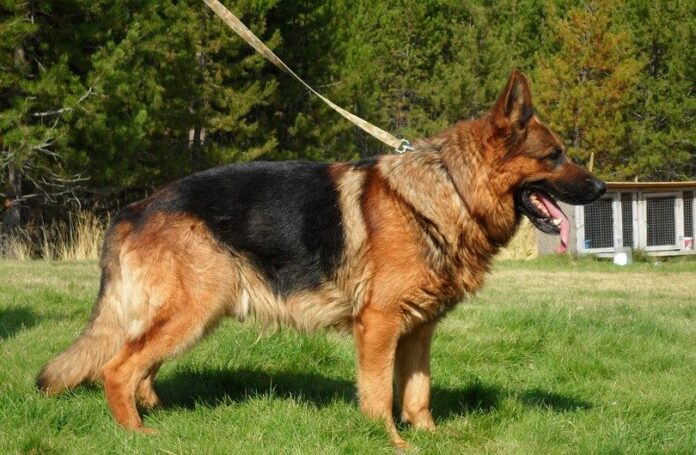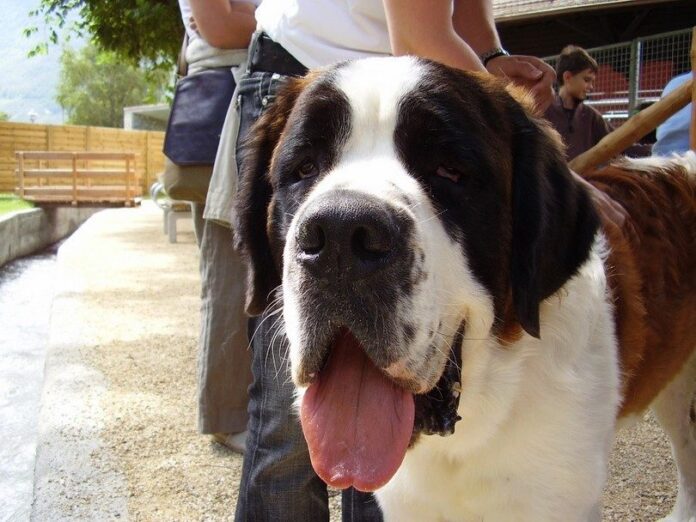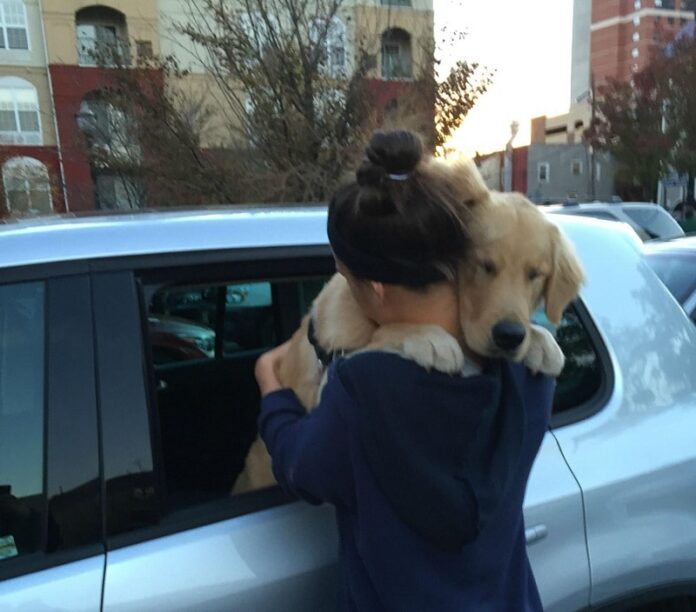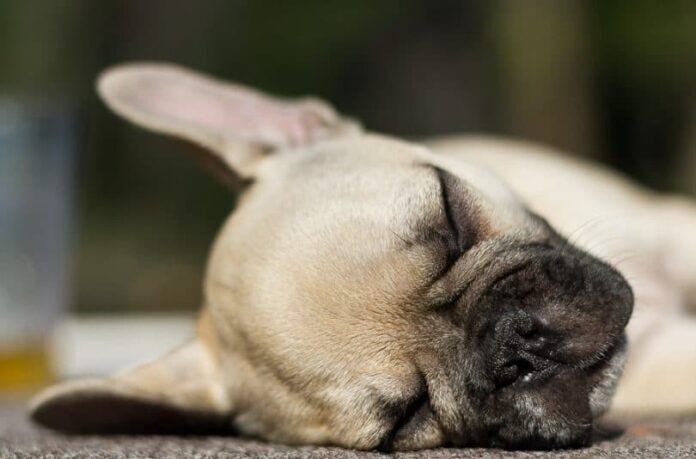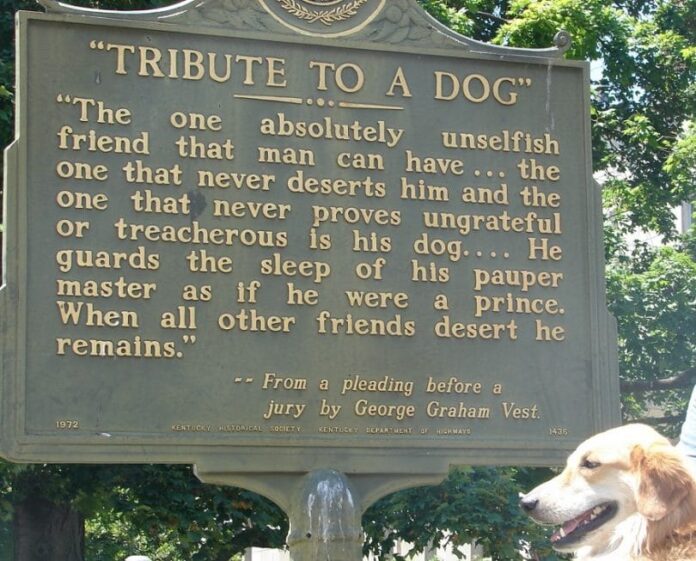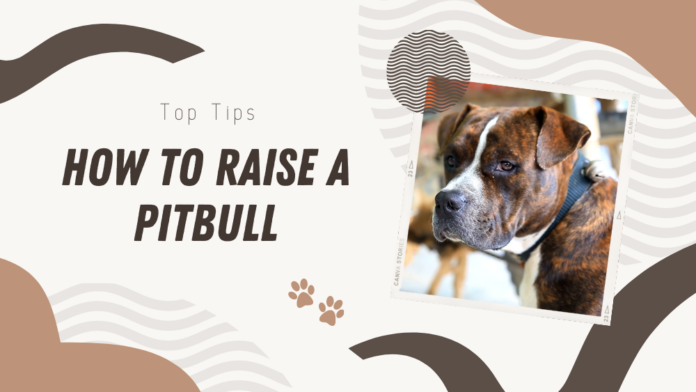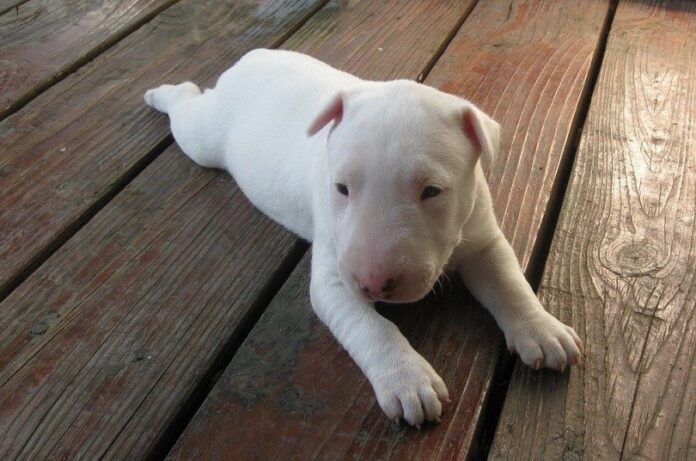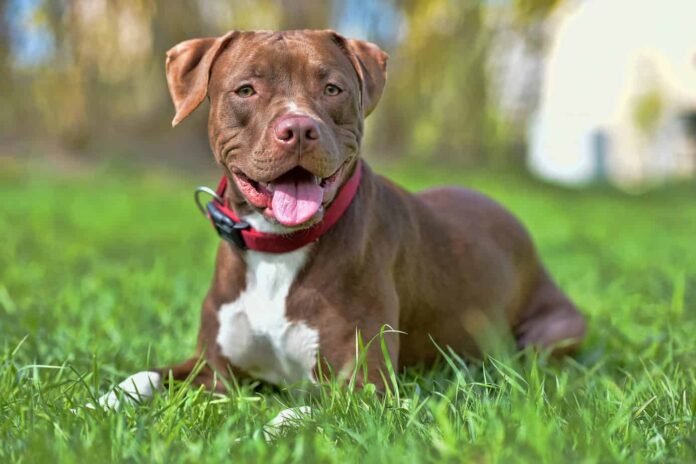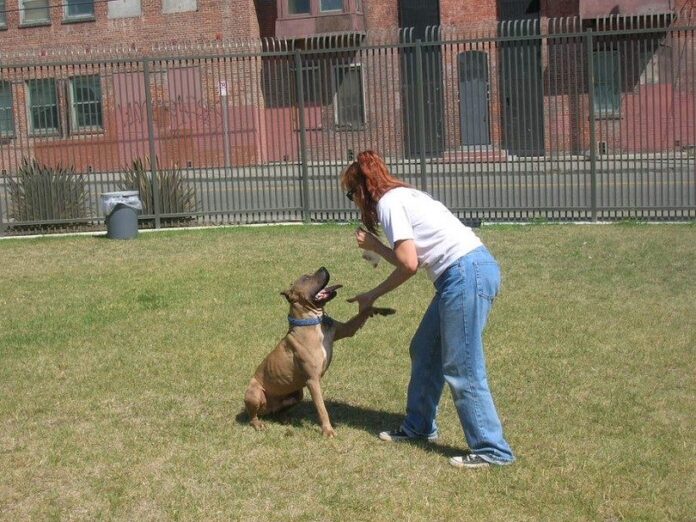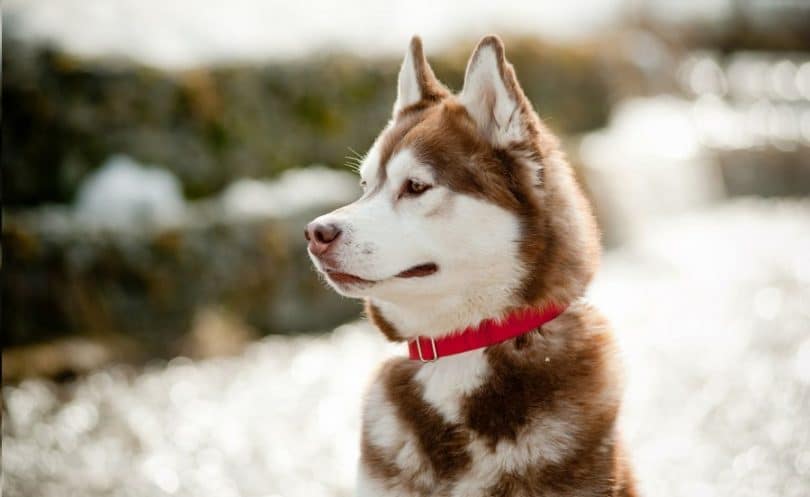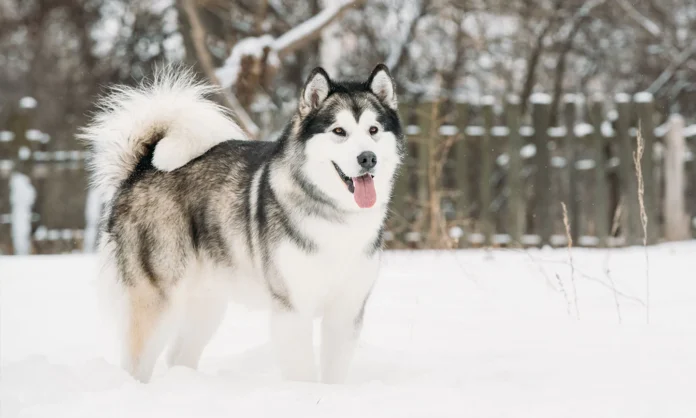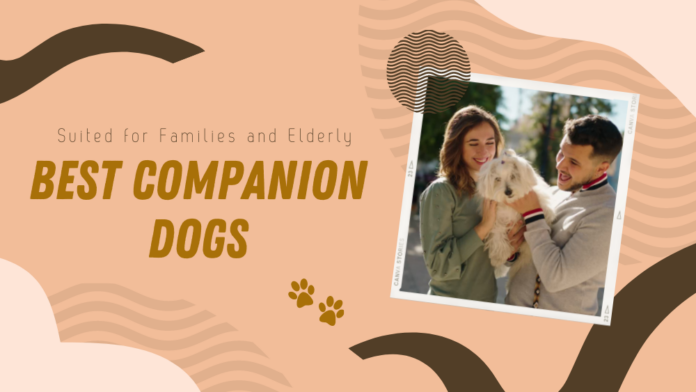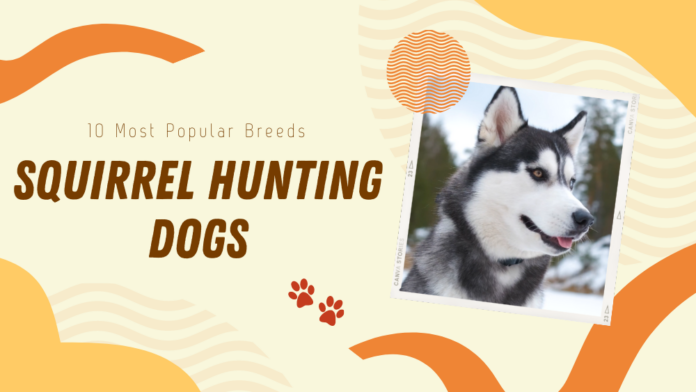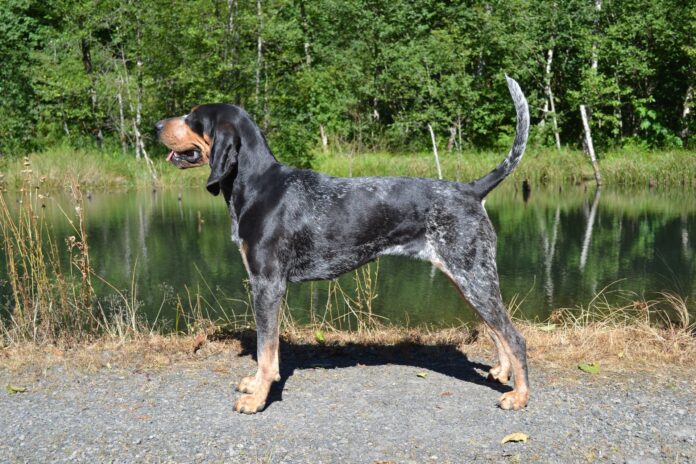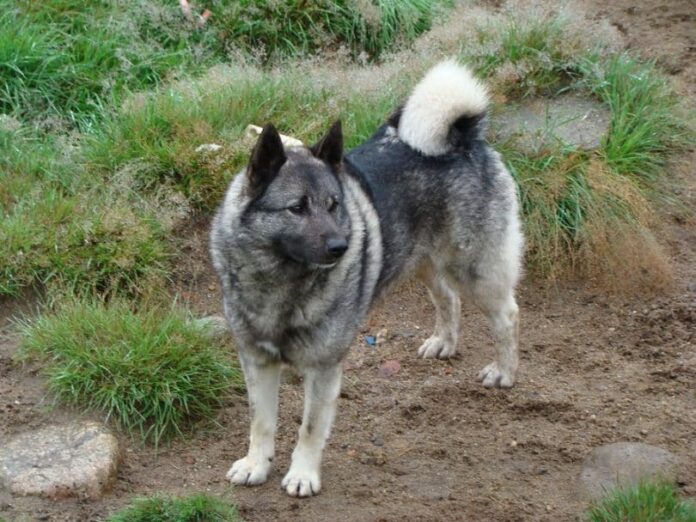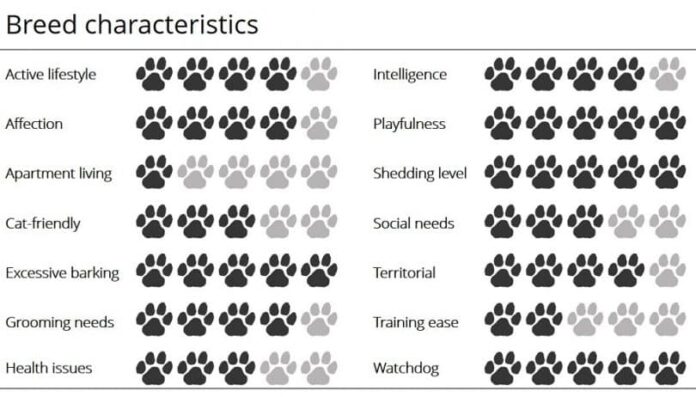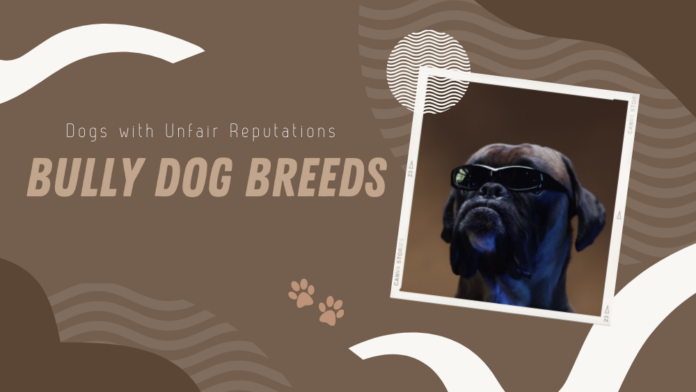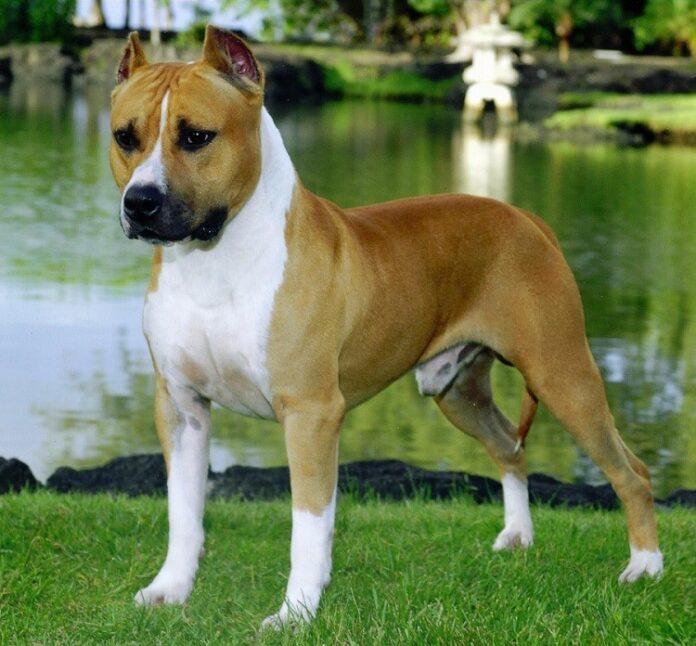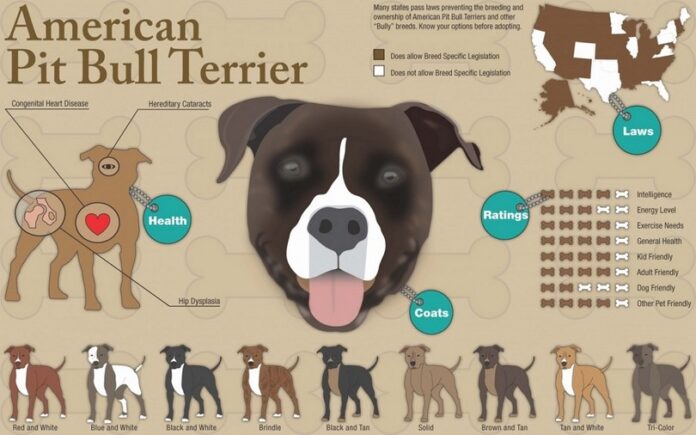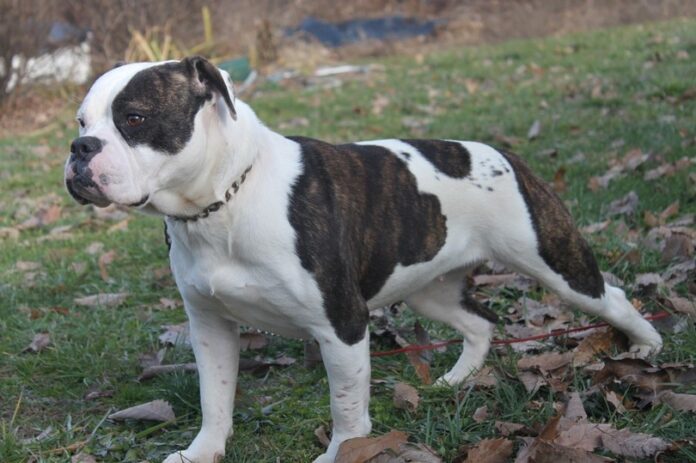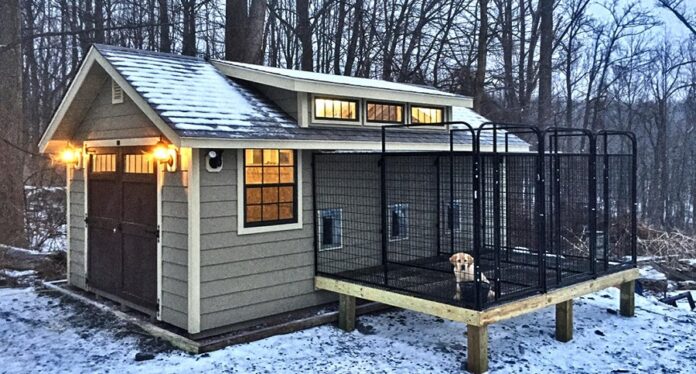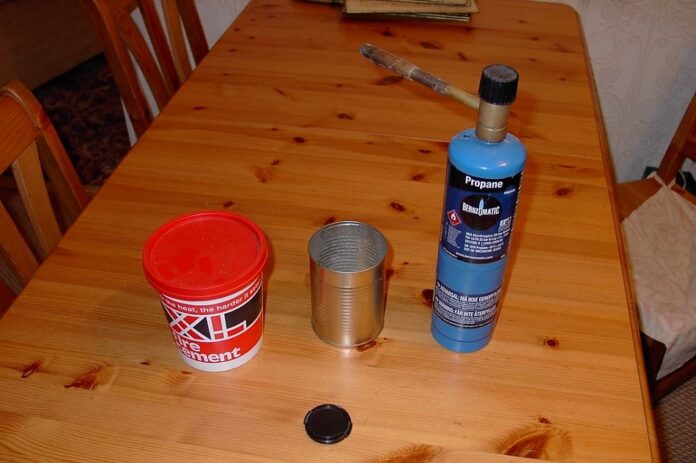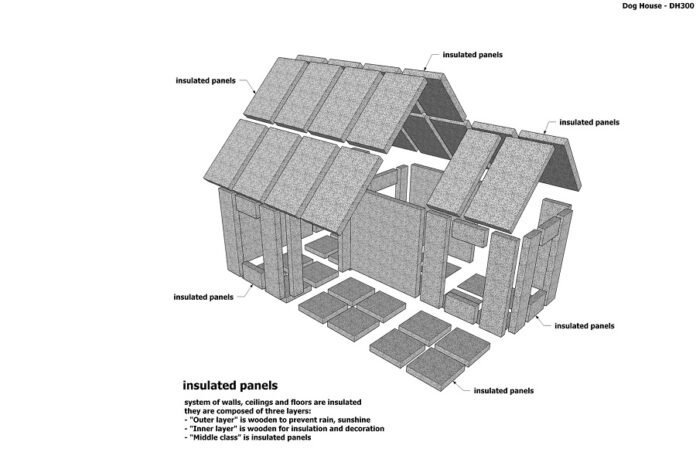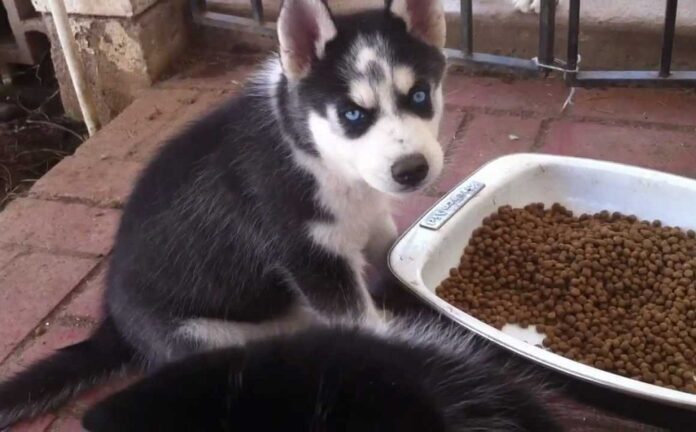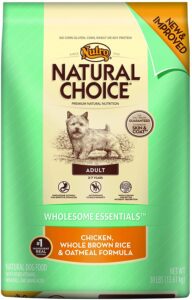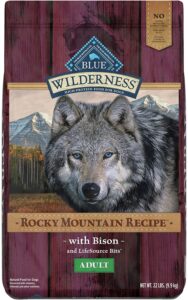Chinese dog breeds are ever so popular these days. Known for their intelligence, cuteness, and loyalty, it’s no wonder why they are the darling of many dog-loving families.
While you have every right to give them common western dog names, we do think it’s a great idea to respect their heritage by giving them Chinese dog names.
The Chinese have over 5000 years of heritage, and their names can symbolize virtue, serenity, and ancient treasures. Your dog will no doubt feel happy about being given such a formidable name.

Finding a good Chinese name for your dog can be hard. Their names are very diverse due to the Mandarin and Cantonese dialects, different dynasties, and religions.
Fortunately, we have tips on how you can find inspiration for your Chinese dog name. Read on to discover some of the best suggestions on Chinese dog names.
How to Name Your Dog
Your dog’s name actually says a lot more about you than your dog. Deciding to give your dog a Chinese name could mean that you are Chinese, love the culture, or just want something unique to call an equally unique pup.

Either way, we believe that you’re on the right track. Chinese names for dogs are not only suitable for Chinese breeds like the Chow Chow, Shi Tzu, or Shar Pei. You can also give them to dogs of all breeds simply because it is easy to call or it is perfect for your dog.
If you don’t have a list of potential names to give to your new best friends, consider these Chinese names that sound new and exotic to western ears. But before you do, here are some tips you need to consider on how to name your dog.
How Does It Sound?
Although more common nowadays, Chinese names still sound weird for many of us who live in the US. When giving your dog a Chinese name, consider how it sounds when you say it in public.
Chinese names have different meanings—which is probably why you gave them to your dog. However, most people probably don’t know what they mean and could get confused or might take offense to your dog’s name.
Wang, for example, is a very popular Chinese name for males and females. Dong is also another popular option for males. The first example means royal or imperial while the second one means “born in the east.” These are perfectly respectable Chinese names. However; some people might find them offensive.
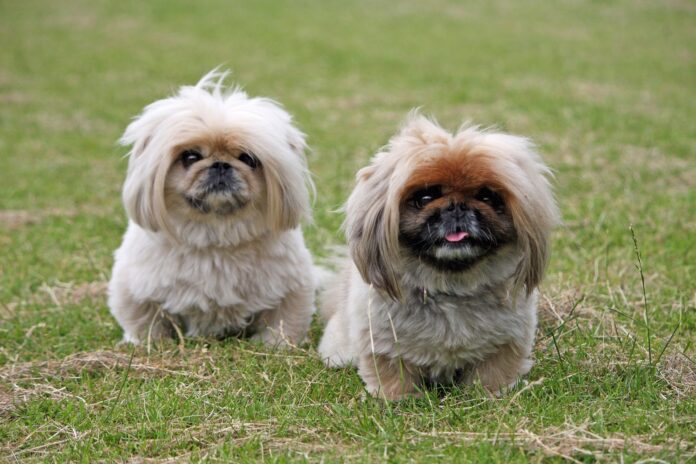
Other people will also be confused with names like Bimming (male, meaning “as clear as jade”) since it sounds like beaming or Ah (unisex, meaning “little one”), Ju (female, meaning “daisy flower”), and Chin (unisex, meaning “golden”). In this connection, it is also better to avoid names that sound like standard commands. Since you’re in the west, chances are you will be speaking to your dog in English and commands will be in this language.
Names like Bo (unisex, meaning “wave-like”) and Ho (male, meaning “good”) are good options but sound like no. Wei (unisex) is another popular Chinese name especially in China because it means “power” or “greatness.” However, it sounds very close to “stay” and you don’t want to confuse your dog.
You should also consider saying no to Ya (female) even though it means “elegant” or “graceful” because it sounds very close to yeah. Your dog (and other people) will be confused since they will have no idea whether you are calling their names or giving a command.
Distinctive
When it comes to dog names, we want something unique and distinctive. We want our dog to recognize their name immediately when they are called. There’s nothing wrong with naming your dog Jack or Buster since they are popular. However, the popularity is also a downside because there are lots of other dogs that have this name.
Chinese names are more unique in the States since not many people will choose this type of name for their pets. Still, you will want to avoid generic names like Gou (Chinese word for “dog).
Not only does it sound silly to the Chinese, but it also sounds like “go,” the command. Also, names like Li Na (female, meaning “elegant”) and Li Wei (male, meaning “great”) are some of the most popular Chinese names, so perhaps avoid those names especially if you live in China.
From Puppyhood to Adulthood
For dog owners that got their dog during puppyhood, it can be very hard to imagine your pet all grown up, especially if he’s all cuddly and cute right now. But dogs do grow up, and it’s probably better if you choose a name that suits him even during his senior years.

For example, it is quite easy to call your puppy Baobao as it means baby in Chinese. But this name is not fitting especially if he is a grown-up or works as a bomb-sniffing German shepherd.
It is important that you give your dog dignity even if not all people know the meaning of the name. Other names or words to avoid include Ke Ai (cute), General Tso (the deep fried dish), and Mei Mei (sister).
Chinese Dog Names by Gender
One of the easiest ways to choose a name for your dog is by gender. Chinese female dog names are beautiful-sounding and often associated with nature. On the other hand, Chinese male dog names give off a feeling of power and authority.
Chinese Female Dog Names
If your dog is female, here are some great ideas on how to name your pet.
-
Ai – meaning “loving.”
-
Chun Hua – means “spring flower.”
-
Chynna – is an obvious Chinese name but comes with an unconventional spelling. It means “fine porcelain.”
-
Dong Mei – means “winter plum.”
-
Fang – means “fragrant.”
-
Hua – pronounced h-waa. It means “flower.”
-
Jia — meaning “beautiful.”
-
Jun – is a great name for a dog because it means “truthful and obedient”; all good qualities for your pets.
-
Lee – is very common especially in the States but you should still consider it because in Chinese it means “plum.”
-
Lian – means “dainty and delicate.” Great option for teacup dogs like the Pomeranian, Yorkies, Maltese, Toy Poodles, and Shih Tzus.
-
Lin – is for “beautiful jade.”
-
Luliv – meaning “dewy jasmine.”
-
Mei- (not to be confused with Mei Mei) is a good alternative for the conventional May or Mae. In Chinese, it means “beautiful flower” or “gorgeous.”
-
Meiying – means “beautiful flower.”
-
Mingmei – this name is pronounced “ming-mii” and means “bright and beautiful girl”; the perfect name for a bright and beautiful dog.
-
Nuan — pronounced as noo-wan, means “affectionate.”
-
Nuwa – pronounced as noo-wa, means “mother-goddess.”
-
Shu – means warm-hearted.
-
Sying — pronounced as sing. It means “star.”
-
Wenyan — it means “refined and virtuous.”
-
Xiaolian – pronounced “zee-ow-lee-an.” It means little lotus.
-
Xue- pronounced as “sheh or shweh,” meaning “snow”
-
Yenay – pronounced as “yee-nae” meaning “she who loves.” Good option for strong and loyal dogs.
-
Yue – pronounced “yoo-way,” meaning “moon.”
-
Yuming – meaning jade brightness
-
Zhen — meaning “chaste.”
-
Zhenzhen — it means precious
-
Zi — is for beautiful
Chinese Male Dog Names
There are actually more males compared to females in China. This means that you have a lot of names to choose from if your dog is male.

Here are some great choices for your best friend.
-
Chanming – it means “forever bright.”
-
Chaoxiang – it means “expecting a fortune.”
-
Chen — very popular because it means “great.”
-
Chen Gong – it means “success.”
-
Cheung – it means “good luck.”
-
Dao – it means “knife” or “sword.”
-
Dingxiang – meaning “stability and fortune.”
-
Dishi – it means “man of virtue.”
-
Fu – it means “wealthy.”
-
Fu Han – it means “broad-minded.”
-
Heng – “eternal,” because best friends are forever.
-
Huan – it means “happiness.”
-
Hui — pronounced as “who-wee,” meaning “splendor.”
-
Ji — meaning “lucky.”
-
Jian min – “one who serves (the people)”; a.k.a. good boys
-
Junjie – means “handsome and outstanding.”
-
Lei — means “thunder.”
-
Liang – meaning “good, excellent.”
-
Liko – pronounced as “lee-kow,” meaning protected by Buddha.
-
Ling – means “compassion” or “understanding.”
-
Lok – another word that means “happiness.”
-
Longwei – it means ”the greatness of a dragon.”
-
Ming-Hua – it means “brilliant, elite.”
-
Ping- it means “stable.”
-
Quan — it means “fresh water spring.”
-
Quon – meaning “bright.”
-
Ru — “scholar,” for smarty pants pets.
-
Weisheng – meaning “greatness is born.”
-
Weizhe — meaning “great sage.”
-
Xin — pronounced as “shin,” meaning “new.”
-
Yongrui — means “forever lucky.”
Chinese Dog Names by Personality
If choosing through gender sounds too easy, you can take your time to observe your pooch and find names that best describe their personality.

For example, the name Yen is for females and means “yearning.” This can be a good name for pets that are always missing or pining for you.
Check out these great inspirations.
-
Ah lam (female) — meaning “peace”
-
Ai (female) – means “loving”
-
An (unisex) – means “peace” or “peaceful”
-
Bing (male) – means “soldier”
-
Chong (male)– meaning “powerful”
-
Chung (male) – “wise one”
-
Cong (male) — means “intelligent”
-
Gan (male) – means “bold” or “brave”
-
Han (male) – another name for brave dogs
-
Hao (male) – for smart and clever dogs
-
Hong Li (male)- for dogs with great strength
-
Hui (female) — meaning “kind”
-
Huiqing (female) – pronounced as “hwee-king,” meaning kind and affectionate
-
Huizhong (female) pronounced as “wee-jhong,” meaning “wise and loyal,” a.k.a good girls
-
Jiao (female) — means “charming”
-
Jie-Rui (male) – “quick-minded”
-
Kai (male) – “victorious”
-
Ken-Zhi (male) — means “earnest”
-
Kuai (male) – pronounced as “koo-eye,” meaning “quick, fast, or clever”
-
Minzhe (male) — means “sensitive and wise”
-
Qiao (female) — means “skillful”
-
Quiang (male) –pronounced as “kee-yang,” means “strong”
-
Shilin (male) — intellectual or really smart doggies
-
Shu (female) – for kind and gentle girls
-
Xueyou (male) – pronounced as “zhe-yoo,” means studious and friendly, for dogs that graduated with top honors
-
Ying (female) — means “clever”
-
Yingzie (male) — means “brave and heroic”
Chinese Dog Names by Size
Dogs come in all shapes and sizes. You don’t have to be literal and call them Da, meaning “large,” or Xiao for “small.”
Here are some great alternatives.
-
Gang (male) – meaning “strength.”
-
Jian (male) — healthy, not necessarily fat
-
Ming-tun (male) — means ”intelligent or heavy”
-
Shan (male) – meaning “mountain”
-
Xiaobo (male) — meaning “little wrestler”
Chinese Dog Names by Color
Dogs are black, white, brown, spotty, and a range of other beautiful colors.

Here are great options for finding names based on their coat and fur.
-
Bai (unisex) — pronounced as “bye,” meaning white
-
Cai (female) – “colorful”; good option for merle-coated dogs
-
Chang (unisex) – “sunlight”; good name for tan-colored dogs
-
Dai (female) – pronounced as “dye,” meaning “dark”
-
Daiyu (female) — meaning “black jade”
-
Hong (unisex) – “rainbow”; nice choice for merle-coated dogs
-
Huang (male) – “yellow”
-
Jin (male) — meaning “gold”; nice option for tan-coated dogs or golden retrievers
-
Liang (male) — means “bright”
-
Manchu (male) — means “pure”; good for solid colored dogs
-
Qiu (unisex) – pronounced as “cue,” meaning autumn for dogs with reddish coats
-
Quing (female) – pronounced as “king,” means dark blue. Can be an oxymoron for light-colored coats or fur
-
Shu (female) — pronounced as “shoo,” meaning “fair”
-
Shun (female) — pronounced as “shoon,” meaning smooth
-
Tao (female) – “peach.” We know there are no peach-colored dogs, but the name sounds nice and rolls off the tongue easily
-
Xue (female) — pronounced as “zoo-weh,” means snow
-
Yang (female) – “sun”; good name for golden retrievers
-
Yu (female) — means “jade”
Chinese Dog Names Inspired by Towns or Cities
Another way to give your dog a Chinese name is to choose a town or a city in China. The top 7 most popular are: Beijing (formerly Peking), Shanghai (China’s largest city), Hongkong (Xianggang in Chinese, a unique alternative), Guangzhou (Canton), Taipei, Macau, and Lhasa.

If these names sound too popular or too obvious, you can try cities that are spectacular but not too popular.
-
Xi’an – pronounced as “zee-yan.” This city is known as the “Window to China’s Ancient Civilization.” Xi’an is blessed with a great number of precious relics and historical sites.
-
Guilin – has marvelous limestone scenery and is known as one of the most beautiful places on earth.
-
Hangzhou – as declared by Marco Polo, Hangzhou is the most beautiful city in the whole wide world.
-
Chengdu –the hometown of the Giant Panda, an animal most associated with China.
-
Suzhou – is famous for its traditional Chinese gardens and water towns. This is a great place to go if you want to see traditional Chinese villages.
Wrap Up
Thanks to migration, foreign-sounding names are becoming more common stateside. The Chinese, for example, are some of the most well-represented minorities in the United States.
While some of them have English or American names, there are still many of them who use Chinese names themselves or to name their pets. Although they are common in the States, Chinese names still sound exotic and unique—which is why many dog owners are giving Chinese dog names to their pets.
Chinese names often have other meanings besides those listed above; one Chinese word can have many different meanings depending on how it is pronounced or written.
If you’re thinking about picking a Chinese name for your dog, do a little research first to make sure that the name is fitting for your pet. Don’t forget to consider how it sounds to other people since you do not want to upset or alarm them.






